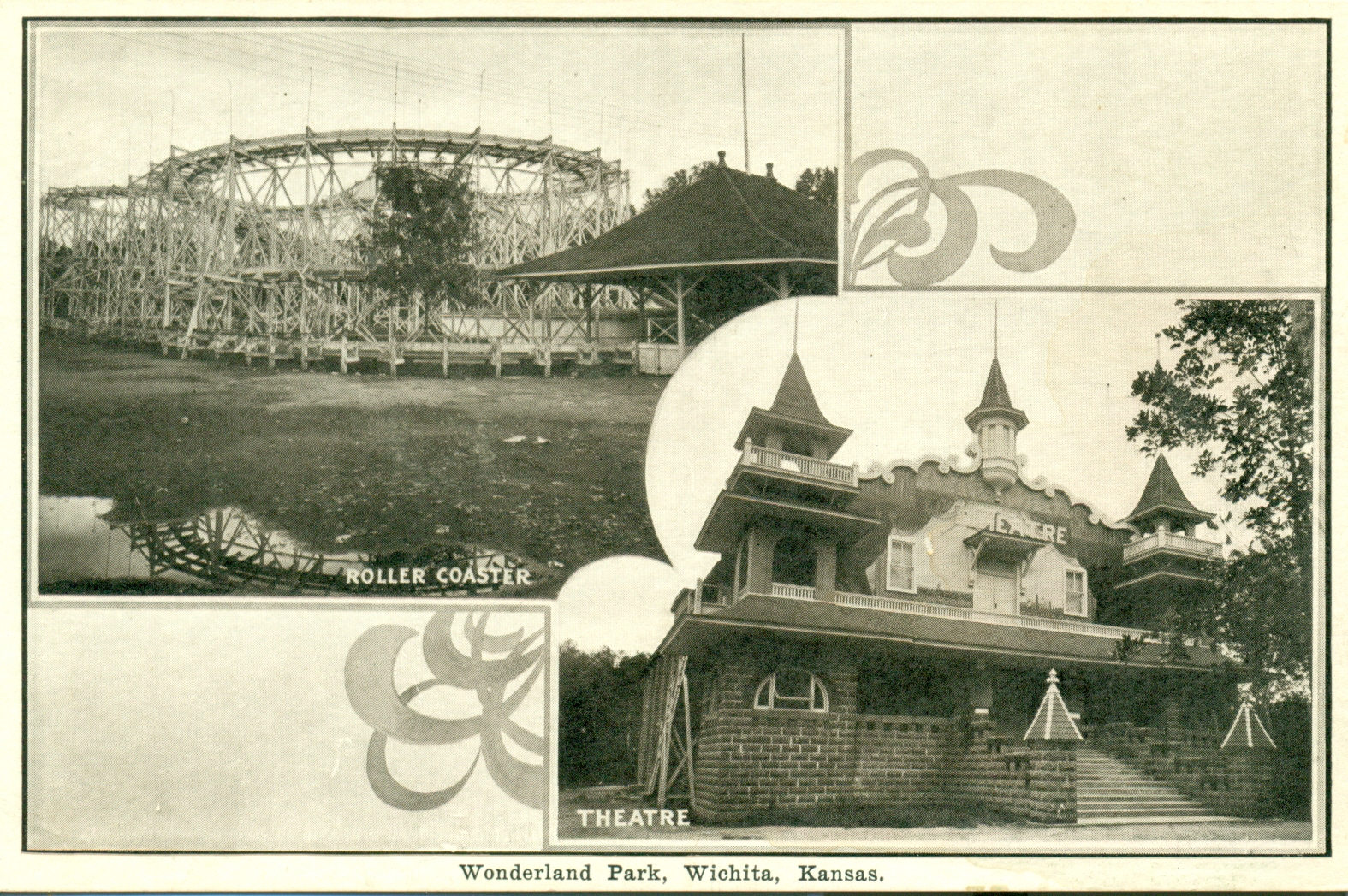Before there was Joyland, there was Wonderland, Wichita’s first amusement park built on a now long-gone island in the Arkansas River near downtown Wichita.
If you’d love to go back in time to visit it—like independent filmmaker Sara Harmon did when she first heard about the park three years ago—you’re in luck.
Harmon’s 20-minute documentary “For Your Amusement: The Wonderland Park on Ackerman Island” has several upcoming screenings in June, including a Senior Wednesday showing at Exploration Place, which is where the island and Wonderland once were located
The short film gives a glimpse at the amusement park that became the city’s premier tourist and entertainment attraction in the early 20th century, drawing more than 225,000 visitors in its first year of business in 1906.
Not many years after Wichita was founded in 1865, the sandbar that would eventually become Ackerman Island started forming in the Arkansas River. Other sandbar islands formed, too.
The island’s namesake was Joseph Ackerman, who had acquired the land in hopes of expanding his meatpacking business, according to the Tihen Notes, an index of notes from Wichita newspapers made by Dr. Edward N. Tihen.
The plant was never built because of a financial depression that hit the Wichita economy in 1891. Instead, the island became overgrown and apparently a haven for criminals. “The Chief of Police said that the island is the toughest locality in the city and that the undergrown and small trees … furnished a hiding place for many petty thieves and men of dangerous character,” according to an Aug. 14, 1904, entry in the Tihen Notes.
Ackerman sold the island to A.E. and J.T. Nuttle, who created the island’s many attractions, including a baseball stadium, bowling alley, roller coaster, arcade, indoor carousel, theater and more.
“The park was trying to rival Coney Island,” Harmon said, noting that it was sometimes referred to as Wichita’s Coney Island. The owners advertised the park as offering “something doing every minute,” Harmon found.
By 1918, its entertainment appeal had waned and the park shut down—with some speculating that the prevalence of cars allowing more travel outside Wichita and the aftermath of World War I had lessened the Wonderland crowds. In 1934, the island was connected to the mainland.
For Harmon, finding out about the island and its park from a former co-worker was intriguing.
“I’ve always been a fan of history—the older the better. And I particularly like entertainment history and you can’t get any more entertainment than an amusement park,” said Harmon.
Not only does Harmon love history, she also loves media, having picked up her first camera at age 12.
With $350 from a crowd-sourced fundraising dinner at Harvester Arts and a borrowed camera, Harmon, a part-time production assistant at KPTS, was able to make the 20-minute documentary. Jim Mason, former director of the Great Plains Nature Center and local history enthusiast, and folks at the Wichita-Sedgwick County Historical Museum and the Kansas Historical Society provided helpful research, she said.
Harmon plans to next make a longer film about Wonderland. Since the documentary’s premiere at the Tallgrass Film Festival in October, she has been showing it at senior centers, churches and other facilities and hearing from folks about their family stories about Wonderland.
“Overall, this was a heck of a place and the more and more I find out about it, I wish there was a time machine,” Harmon said.
Contact Amy Geiszler-Jones at
algj64@sbcglobal.net









